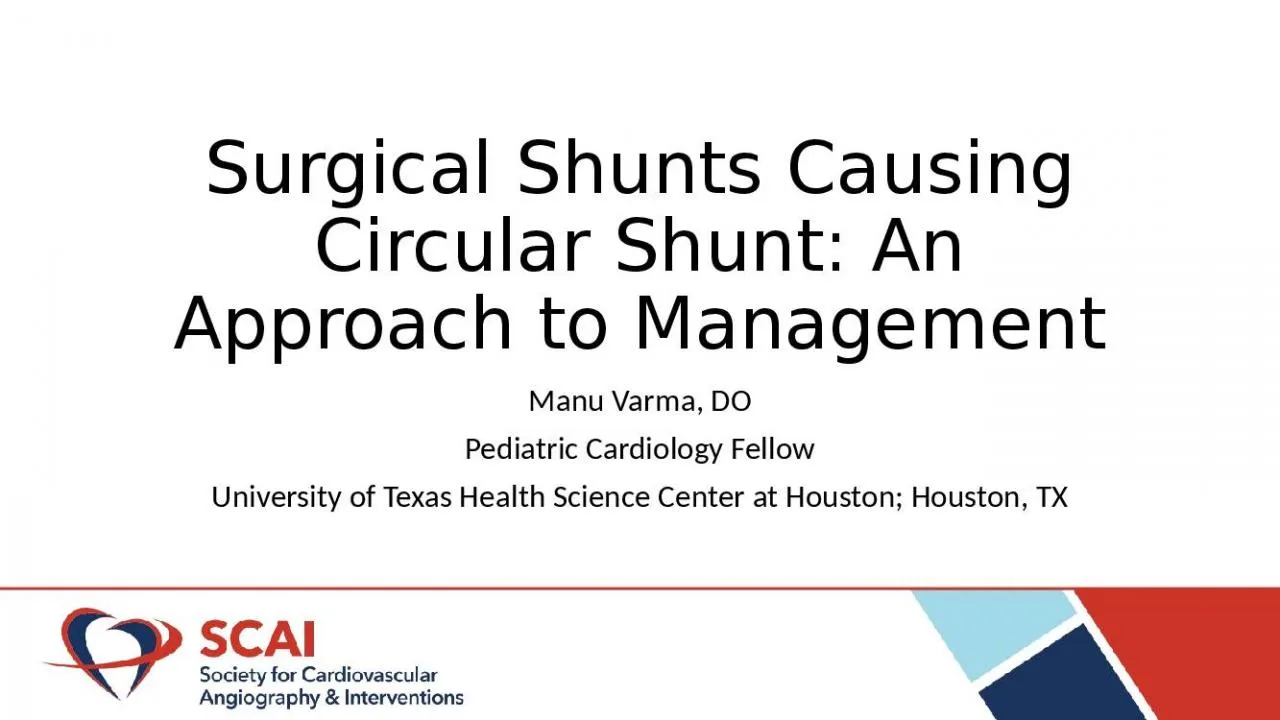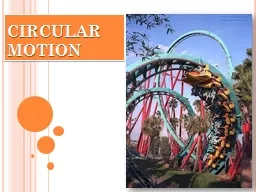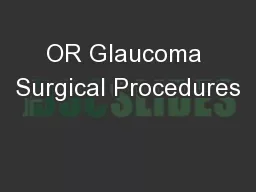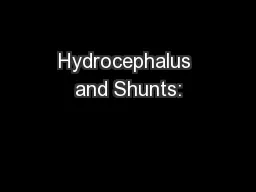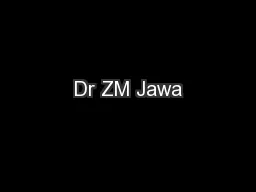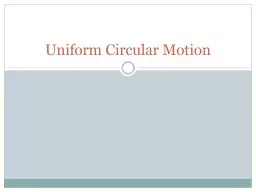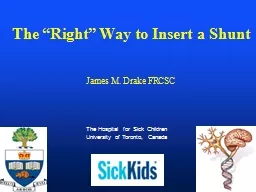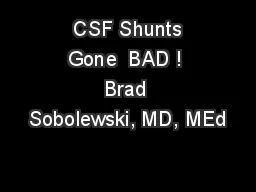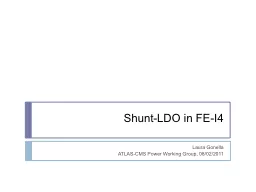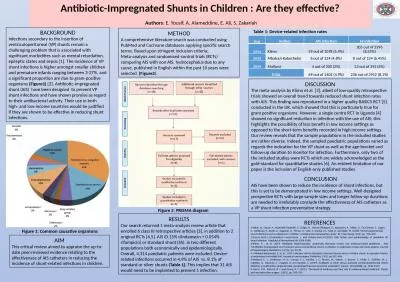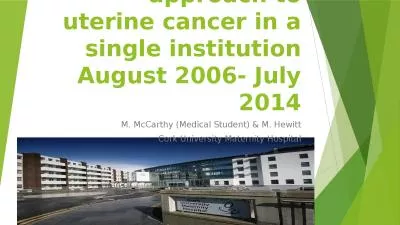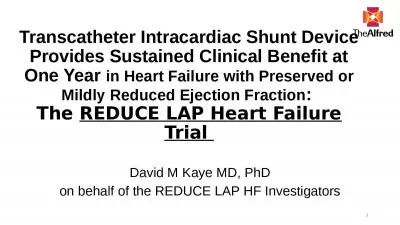PPT-Surgical Shunts Causing Circular Shunt: An Approach to Management
Author : martin | Published Date : 2022-05-14
Manu Varma DO Pediatric Cardiology Fellow University of Texas Health Science Center at Houston Houston TX Disclosures None Ebstein Anomaly Congenital anomaly of
Presentation Embed Code
Download Presentation
Download Presentation The PPT/PDF document "Surgical Shunts Causing Circular Shunt: ..." is the property of its rightful owner. Permission is granted to download and print the materials on this website for personal, non-commercial use only, and to display it on your personal computer provided you do not modify the materials and that you retain all copyright notices contained in the materials. By downloading content from our website, you accept the terms of this agreement.
Surgical Shunts Causing Circular Shunt: An Approach to Management: Transcript
Download Rules Of Document
"Surgical Shunts Causing Circular Shunt: An Approach to Management"The content belongs to its owner. You may download and print it for personal use, without modification, and keep all copyright notices. By downloading, you agree to these terms.
Related Documents

